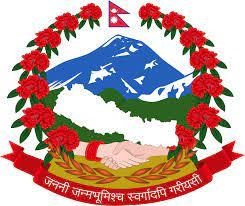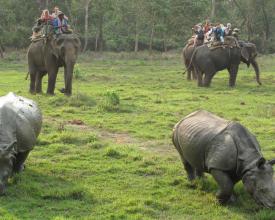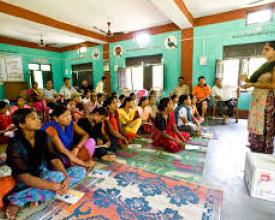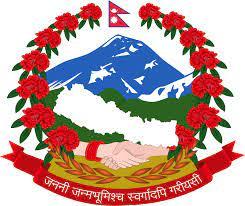
Successfully conserving critical corridors and bottlenecks using the community-based management.

Since the last decade in Nepal, the landscape-based conservation approach has been adopted as an opportunity to scale up conservation initiatives. The Terai Arc Landscape (TAL) Programme of Nepal is one of the examples of such approach. The implementation has been tailored to the specific requirements of core protected areas, buffer zones, corridors, and bottleneck areas. The approach has resulted to higher level of biodiversity conservation and management, increased number of all species of megafauna, improved livelihood of local communities with women leadership, sustainable forest management and ultimately contributed to address climate change. It has shared the roles, rights and responsibilities among diverse actors or stakeholders, and they are brought together to conserve forests and biodiversity through community-based management (CBM). Dr. Ram Prasad Lamsal, the founder Project Manager, has contributed significantly to improving policy, practices, and governance and building innovations.
Context
Challenges addressed
Location
Impacts
- Forests protected, restored, and managed; conserved biodiversity, wildlife and habitats and wetlands; increased number of all species of megafauna, empowered communities for gender, leadership, livelihood improvement and enterprises; and addressed climate change issues.
- Developed improved community-based model with cost effective approach and high degree of community participation and contribution, and strong partnership.
- Hybridized traditional and scientific knowledge; and shared monitoring, evaluation and learning system.




